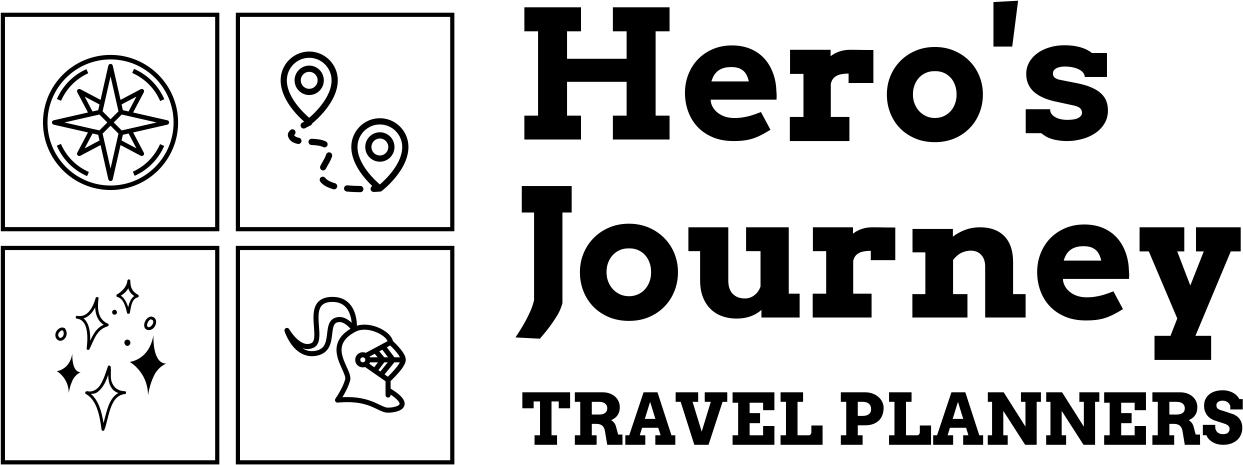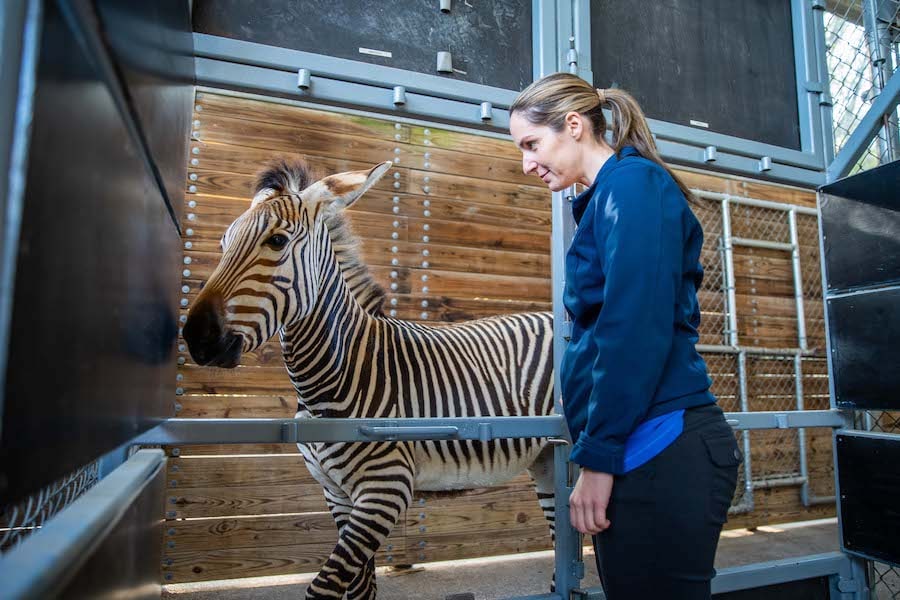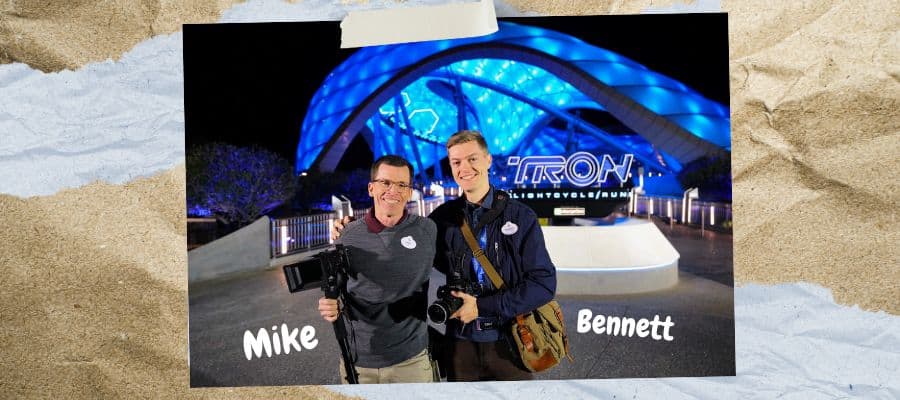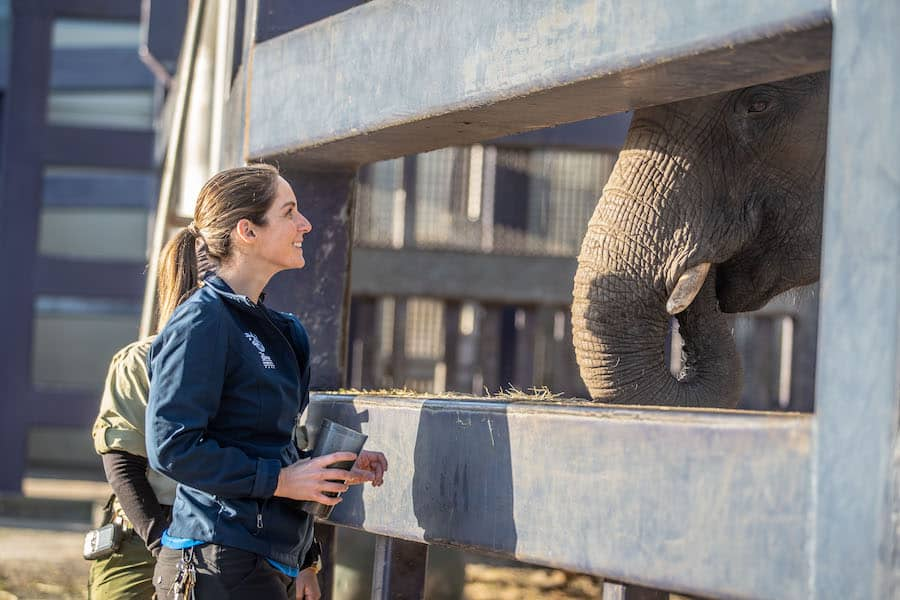
Disney’s Female Veterinarians Take Lead Role Caring for Creatures Great and Small
Originally published at Disney Parks News
Ever wonder what it’s like to lock eyes with a silverback gorilla or figure out how to perform a CT scan on a handsome and charismatic eel? How about saving not one but TWO of the most endangered species in the world?
That’s exactly what a team of female superheroes is doing at Walt Disney World Resort. Harnessing the power of innovation, this team of medical professionals uses their brains, muscles, and hearts to manage some of the most challenging cases in modern-day veterinary medicine. To successfully do their jobs, each one of these smart, quick-thinking, and agile professionals must know every individual species of the more than 5,000 animals at Walt Disney World – from the tiniest spider to the largest elephant.
And then, they need to know their anatomy – from gills and glands to horns and hoofs. And just as importantly, they must master nearly every veterinary procedure on the continuum of life. They are either saving a life, bringing a new one into the world, or making one better.
“At any given time, we might be called in to anesthetize a snake or an elephant or a shark – sometimes all in the same day.” According to Dr. Betsy who has been practicing veterinary medicine for 18 years and is now a board-certified specialist in zoological medicine. “Because animals can’t talk to us and tell us their ailments, and every case is different. It’s a challenge to figure out all the pieces of the puzzle.”
One such puzzle recently solved was the case of an ailing frogfish from The Seas with Nemo & Friends at EPCOT. When healthy, these small, subtropical fish are known for their ability to camouflage themselves for protection. But this little lady named Pumpkin was not showing her true colors. Instead, she was lethargic and not eating. After carefully anesthetizing this tiny fish, staff veterinarian Dr. Natalie saw on the x-ray that Pumpkin had a broken jaw. While she is incredibly adept at treating aquatic animals, setting a broken jaw for a less than one-pound fish was not an everyday procedure.
To stabilize the jaw, Dr. Natalie used dental material traditionally used on people to help fuse the two bones. She then used a small cylindrical tube as a kind of cast to keep the jaw from moving while the dental material worked its magic. Within a few weeks, Pumpkin was feeling like her old self, swimming around and camouflaging in a range of colors. And was able to rejoin her mate back at EPCOT.
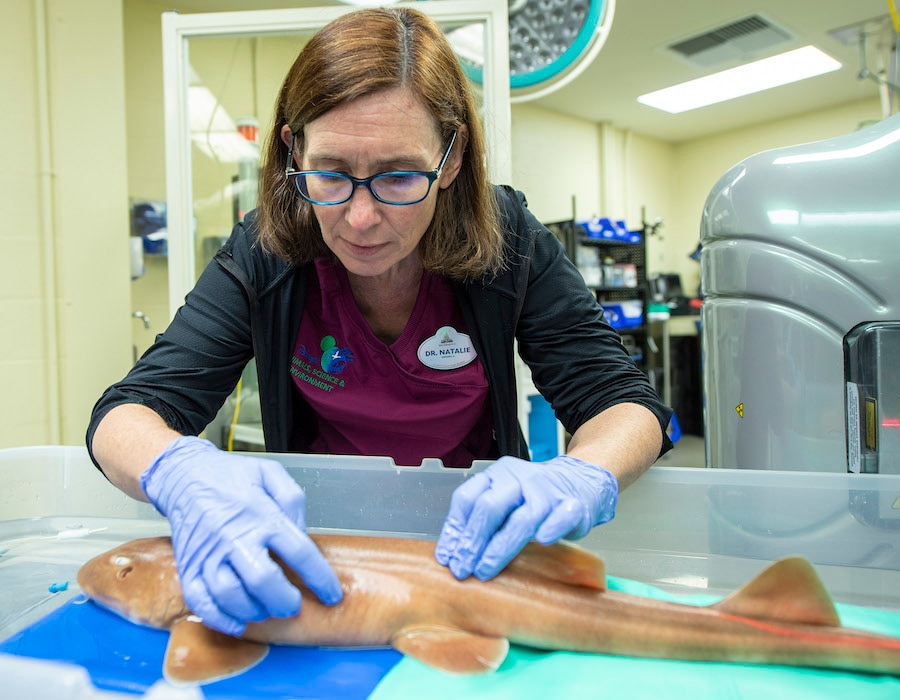
“I always had an interest in healing animals.” Said Dr. Natalie whose childlike spirit and lifesaving instincts can be traced back to the first time she saved an animal’s life. “When I was 13, I nursed back to health a snapping turtle I found at the side of a river. And 38 years later, Hagar is still healthy, living with me and my family.”
Like Dr. Betsy, Dr. Natalie is a board-certified specialist in zoological medicine who easily applies her same innovative approach to the well-being of land-roaming animals as well as sea-faring ones.
Recently, Dr. Natalie examined a sweet, 12-year-old western lowland gorilla named Lilly who was having some painful stomach issues and was often vomiting. A visit to Disney’s advanced veterinary hospital showed that Lilly had some gas bubbles trapped in her intestinal wall and outside her bladder. In humans, this condition can be treated through surgery, but Dr. Natalie didn’t want to risk doing something too invasive. Through research, she found that hyperbaric oxygen treatment was used to treat this condition, the same method used in treating humans for decompression sickness commonly known as the bends. But doing anything groundbreaking comes with risk.
“We’ve never heard of this done with a gorilla, which makes the stakes of the procedure even higher,” said Dr. Natalie. “And that’s a little nerve wracking.”
The idea is that the treatment will compress the air around Lilly and effectively squeeze the bubbles so small that they pass through the bloodstream.
After a stressful afternoon of nail-biting, the treatment was a success, and Dr. Natalie could do a little “decompressing” of her own. “I’ve known Lilly since she was born and she is the same age as my daughter,” said Dr. Natalie with some relief. “Success is hard to measure, but I believe we make a positive impact in the lives of all the animals in our care.”
Assisting Dr. Natalie with Lilly was veterinarian Dr. Jen, another board-certified specialist in zoological medicine who sees herself as an advocate for animals on both the land and the sea. From the intricate planning, it takes to anesthetize a giraffe – the tallest animal in the world – to removing a decaying tooth of an 1850–pound manatee – Dr. Jen applies innovative techniques and tries to get to know the personality of each animal.
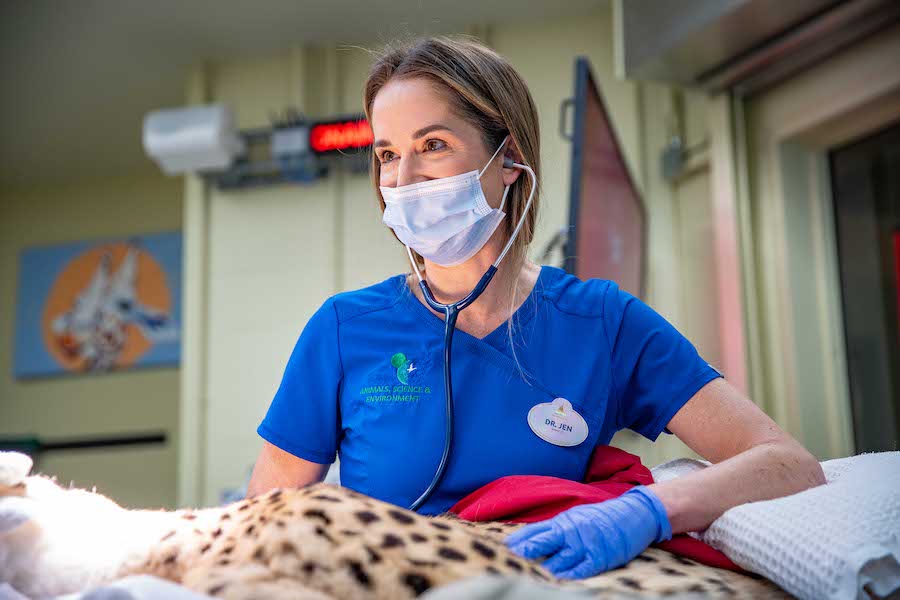
To say that eels have personality would be a stretch for most. But for Dr. Jen, she describes an anemic, three-foot-long green moray eel named Sigsbee as sassy, inquisitive, charismatic, and even handsome. So, when Sigsbee started keeping to himself, she and the animal care team at The Seas with Nemo & Friends knew something was wrong.
An endoscopy of his pale pink gills showed that his anemia had returned. But a more advanced diagnostic tool such as a CT scan would supply more insight into his organs. But how does one get a moray eel into a CT scanner?
The animal health team and aquarists got creative and designed a clear acrylic box suitable to suspend an eel hammock. Because they welcomed various outside-the-box thinking, they were able to see that the rest of his vital organs – including his kidney – were in ship-shape condition.
For 22-year cast member Dr. Deidre, saving the lives of animals was a calling she developed long before her time at the University of Georgia College of Veterinary Medicine. But she’s gone beyond saving the lives of individual animals. Part of her veterinary and conservation legacy is saving species: two entirely different bird species to be exact.
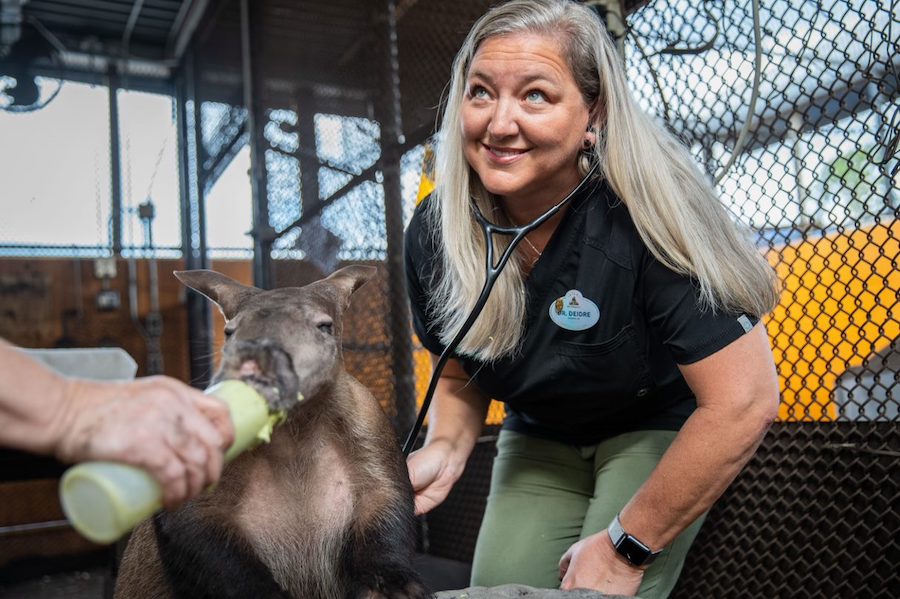
Working with the Association of Zoos and Aquariums (AZA), Dr. Deidre has helped recover the extinct Guam rail and Guam kingfisher birds.
Both species are natives of Guam and became extinct due to an invasive predator named the brown tree snake. The unique Guam rail is known for its white longitudinal stripes on its head and houndstooth pattern on its body, while the kingfisher displays vivid blue wings contrasted against its portly brown and orange body.
With support from AZA, Dr. Deidre and a team mobilized the care and breeding of dozens of hatchlings over a number of years at a neighboring island. She recalls several occasions holding the birds with both hands to ready them for release. Before flying off into the wild, many birds would turn towards her for what appeared to be a single moment of gratitude as they disappeared into the brush.
“It’s as if they said, thank you for caring about me,” said Dr. Deidre, “Knowing that these species were extinct in the wild and being able to bring them back to their natural habitat is one of my proudest moments. I truly feel like it leaves a legacy for the species.”
“Helping critically endangered animals and making a difference in their care is our driving force,” according to Dr. Betsy. After one of her patients, a silverback gorilla got sick, she had to perform a vital procedure to save his life. After the procedure, “he came right up to me at the glass and put his hand on the window. I felt like he was genuinely thanking me because he understood I had helped him.”
While all of these incredibly smart, strong, and soft-hearted cast members have earned the right to be called veterinary superheroes, none of them will admit it as an individual achievement. Providing the highest level of care, for the highest quality of animal well-being is a team effort.
